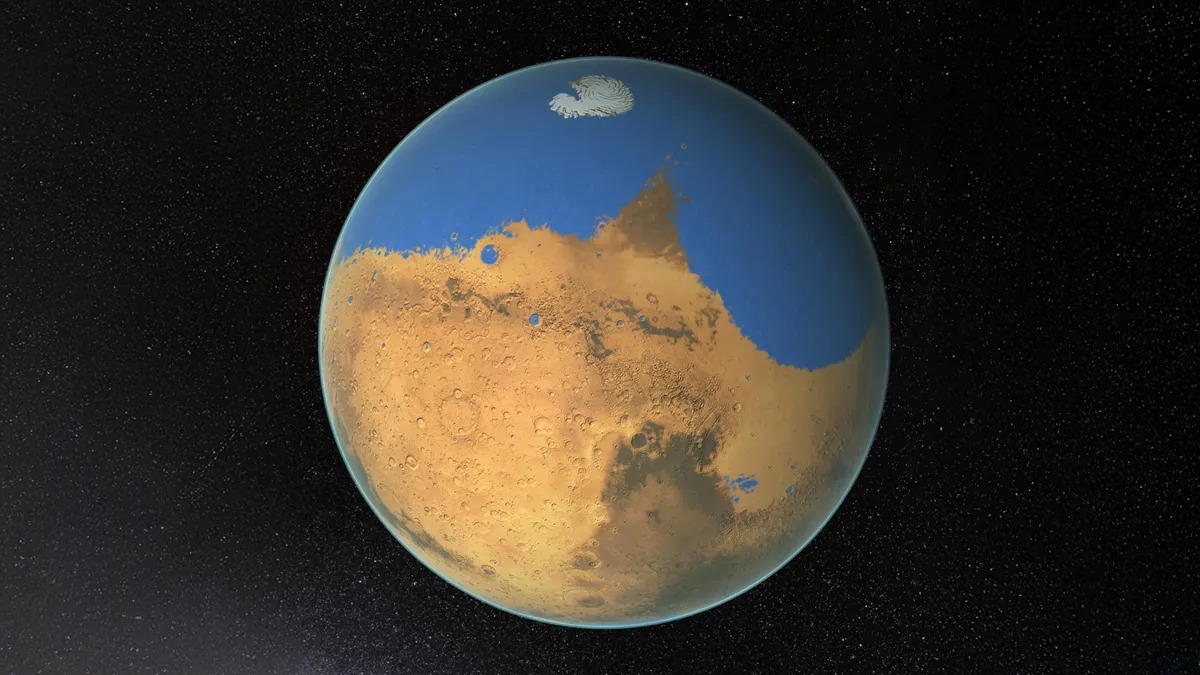Analysis of data from NASA’s InSight probe suggests the existence of a vast underground ocean on Mars. This discovery strengthens the hypothesis that microorganisms may exist in the planet’s interior.

Scientists Yuya Akamatsu and Ikuo Katayama analyzed seismic waves recorded by InSight instruments. The SEIS instrument measured vibrations from Marsquakes and meteorite impacts, which helped create a model of the planet’s internal structure. The observed changes in seismic wave velocity at depths of 10 and 20 km indicate the possible presence of water-saturated rocks.
To test this theory, scientists conducted experiments with analogs of Martian rocks — diabase from Sweden. The results indicate that the seismic characteristics of Mars best correspond to the transition from dry to wet rock, rather than simply a change in rock structure as previous studies have suggested. This means that large reservoirs of liquid water may exist deep below the surface.

Previous studies have also hinted at the possibility of an underground ocean. Last year, the research team concluded that water-saturated igneous rocks were the best explanation for the seismic data obtained. Scientists compare Mars to Earth, where life exists even in deep mines and on the ocean floor. If there is liquid water on the Red Planet, microbial life in its depths remains a distinct possibility.
“This could be the key to understanding the possibility of life on Mars,” Katayama notes. The discovery confirmed that Mars not only once had oceans, but that it could still hold significant reserves of water. This opens up new prospects for future missions that may look for signs of life in the Martian interior.
The results of the study are published in Geo Science World.
We previously reported on how carbon dioxide kept Mars full of water for 230 million years.
According to geosociety.org


